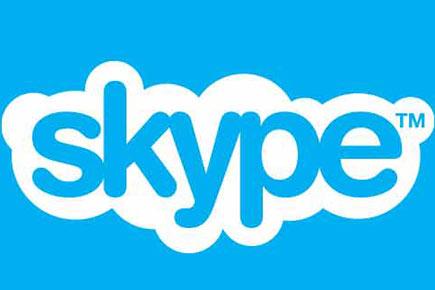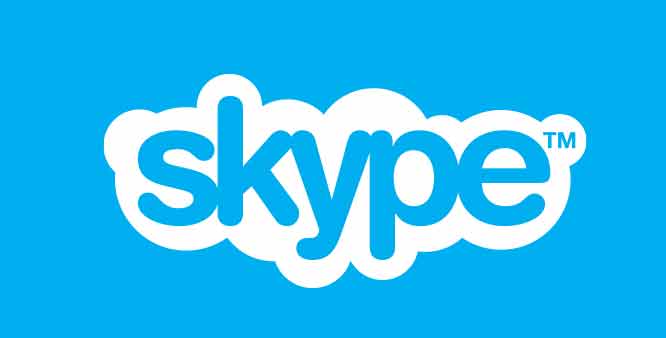Software giant Microsoft is reportedly simplifying Skype for Windows into a single application. While it has offered a touch-friendly Skype app for Windows 8 and a separate desktop app for Windows 7 and Windows 8 PCs, Microsoft is removing the finger-friendly version in favor of the traditional PC app

Skype
Washington: Software giant Microsoft is reportedly simplifying Skype for Windows into a single application. While it has offered a touch-friendly Skype app for Windows 8 and a separate desktop app for Windows 7 and Windows 8 PCs, Microsoft is removing the finger-friendly version in favor of the traditional PC app.
ADVERTISEMENT
Any users of the Windows 8 specific version of Skype will be pushed towards the desktop version starting July 7th. Skype's Aga Guzik was quoted by The Verge, as saying that with the upcoming release of Windows 10 for PCs, it made sense to shift the Skype application to the desk top module.

With Windows 10, Microsoft is planning to use Skype as a service for a new Messaging app that seems similar to Apple's iMessage offering. Microsoft said that the decision to move to a single desktop app will result in a better experience for Skype on Windows.
After previewing its real-time translation for Skype over the last six months, Microsoft is reportedly ready to roll out the impressive feature 'this summer'. The firm is planning on introducing the software straight to the existing Skype app for Windows desktop PCs.
The news broke with the firm attempting to make Skype Translator available in more languages and offering a preview that’s no longer restricted by an invite. The software currently supports English, Spanish, Italian, and Mandarin, allowing anyone to translate speech real-time through a Skype video call or via instant messaging.
Microsoft said that it had seen a 300 percent rise in Skype Translator usage since it removed the invite-only requirement.
Skype is continuing to step into the browser space with a US and UK beta of Skype for Web via skype.com. Available as a smartphone app and desktop client, the roll-out envisions people using Skype for Web in order to respond to contacts via a bigger screen, or on an internet café computer that might not have the program installed.
Contacts and conversations sync between the two, while Skype for Web combines the two categories in a single timeline view. Microsoft, developer of Internet Explorer, purchased Skype in May 2011.
 Subscribe today by clicking the link and stay updated with the latest news!" Click here!
Subscribe today by clicking the link and stay updated with the latest news!" Click here!






